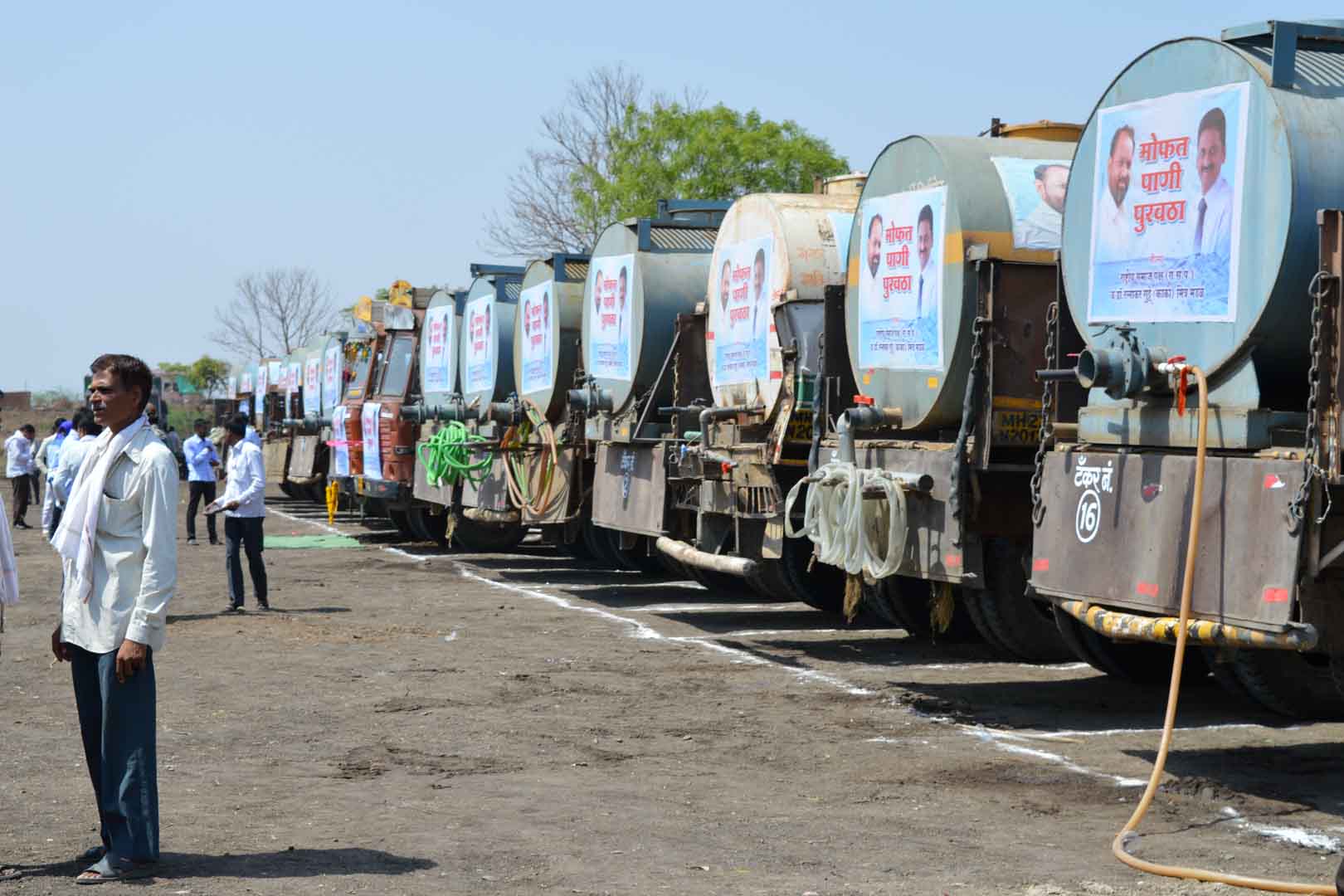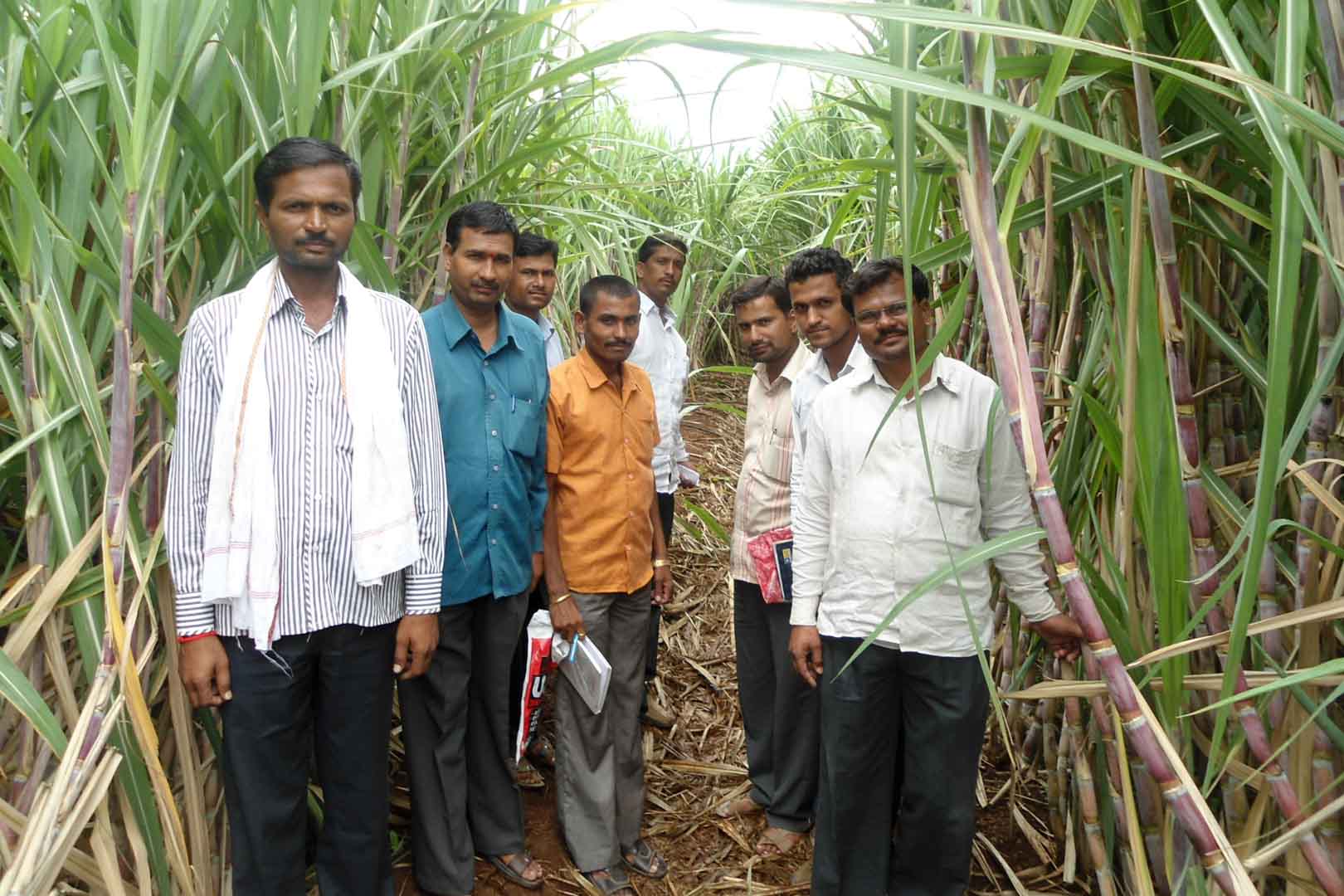Turning sugar cane waste into electricity
A sugar cane factory in Gangakhed generates electricity from waste from sugar production, such as bagasse. Because this works so well, the factory buys additional biomass from surrounding farmers, such as cow dung. The farmers thus earn something in addition, and the factory saves CO2 emissions in two ways. Firstly, the biomass would rot and release a lot of methane into the atmosphere. On the other hand, it no longer needs fossil fuels for production. Excess electricity is fed into the local grid and supplies other households.

How biomass projects help contribute to climate action
Biomass refers to organic residues such as tree branches, leaves, sawdust, wood chips or coconut shells. Those are of a biogenic, non-fossil nature that can be used to generate renewable energy. One way to generate renewable energy, among others, is to fire kilns using biomass. This process prevents harmful smoke and large quantities of CO2 to be released.
As an additional greenhouse gas reduction measure, biomass climate projects mostly prevent biomass from rotting in the open air, so that no methane (CH4) is released. Biomass projects in the ClimatePartner portfolio are registered with international standards.
Explore our projects
Biochar for Climate Action, Healthy Soils, and Better Harvests

A certified climate project combined with additional commitment

Expansion of renewable energy generation in Asia

Ceramic water filters save CO2 and improve health

Improved cookstoves worldwide – for better health and cleaner air

A certified climate project combined with additional commitment

Powering access to renewable energy in Africa

A certified climate project combined with additional commitment

Restored ecosystems remove carbon

Turning degraded farmlands into healthy ecosystems

Improved cookstoves - better for health and the environment















